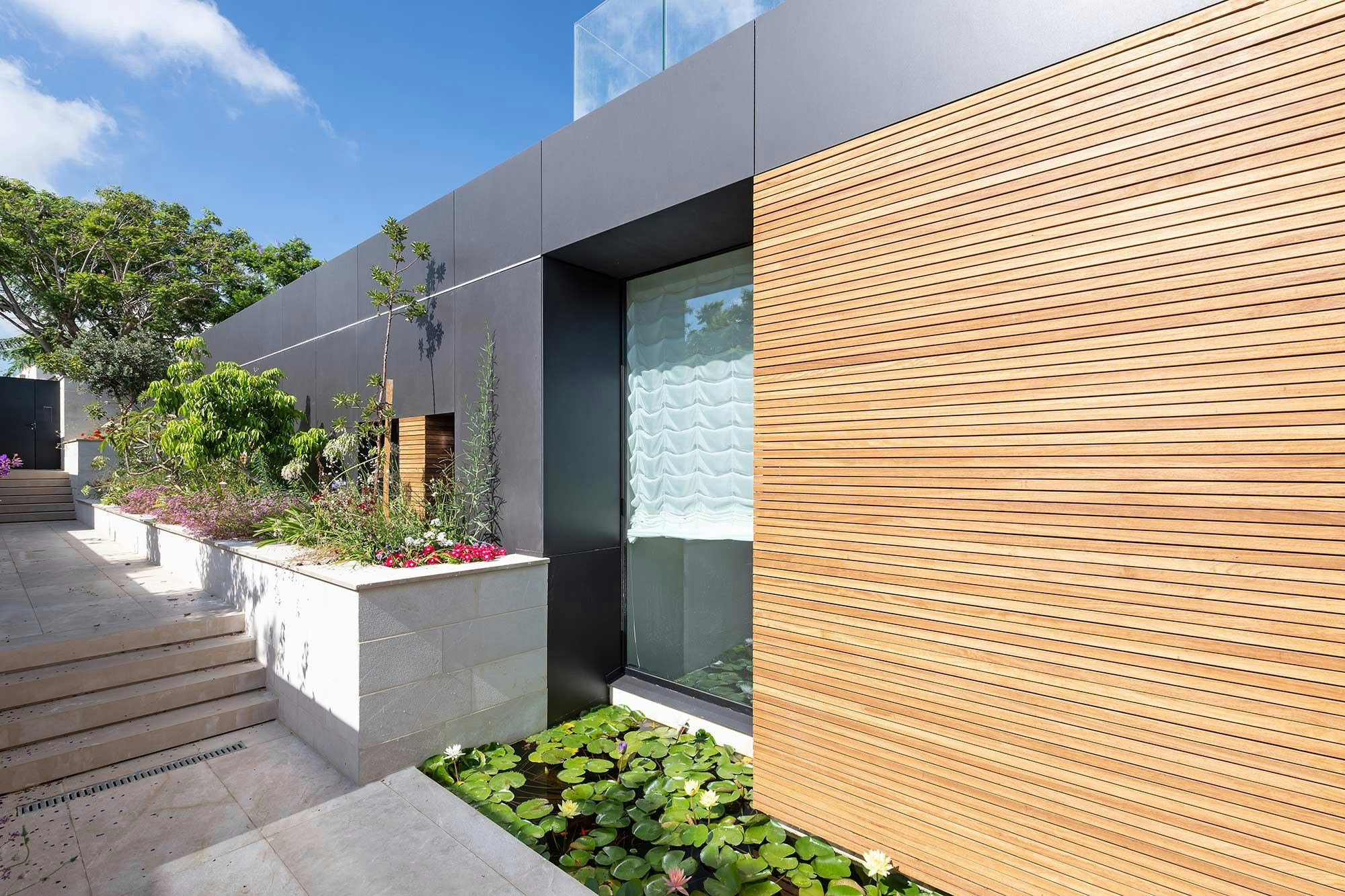Weather-resistant paint plays a crucial role in protecting surfaces from the harsh elements, ensuring their longevity and aesthetic appeal. In this blog post, we will delve into the world of weather-resistant paints, exploring different types and their unique features. By the end, you will have a comprehensive understanding of the best options available for your specific needs.
- Understanding Weather Resistance:
Weather resistance refers to a paint's ability to withstand various weather conditions without deteriorating or losing its protective properties. It involves factors such as UV resistance, water resistance, temperature resistance, and durability. The ideal weather-resistant paint should provide long-lasting protection against fading, cracking, peeling, and other forms of damage caused by exposure to the elements. - Types of Weather-Resistant Paints:
a. Acrylic Latex Paints:
Acrylic latex paints are popular for their exceptional weather resistance. They form a flexible yet durable film that can expand and contract with temperature changes, making them suitable for both interior and exterior applications. These paints offer excellent UV resistance, water resistance, and color retention, making them ideal for outdoor surfaces exposed to sunlight and moisture.
b. Alkyd Paints:
Alkyd paints, also known as oil-based paints, are renowned for their exceptional durability and weather resistance. They create a hard, protective coating that can withstand extreme weather conditions, including high humidity and temperature fluctuations. Alkyd paints are commonly used for exterior surfaces, such as doors, trim, and metal structures.
c. Epoxy Paints:
Epoxy paints are highly resistant to moisture, chemicals, and weathering, making them an excellent choice for surfaces exposed to harsh environments. They provide a tough, glossy finish that can withstand heavy foot traffic, making them suitable for industrial and commercial applications. Epoxy paints are commonly used on concrete floors, metal surfaces, and marine structures.
- Factors to Consider When Choosing Weather-Resistant Paints:
a. Surface Type:
Different surfaces require different types of weather-resistant paints. Consider whether the surface is wood, metal, concrete, or another material, and choose a paint specifically formulated for optimal adhesion and protection.
b. Climate Conditions:
The climate in your area plays a significant role in determining the level of weather resistance required. If you live in a region with extreme temperature fluctuations, high humidity, or intense sunlight, opt for paints with enhanced resistance to these specific conditions.
c. Application Method:
Consider the application method and tools available. Some weather-resistant paints are better suited for brush application, while others are designed for spray application. Choose a paint that aligns with your preferred application technique.
Conclusion:
Investing in high-quality weather-resistant paint is essential for protecting surfaces and ensuring their longevity. Acrylic latex paints, alkyd paints, and epoxy paints are among the top choices, each offering unique features and benefits. By considering factors such as surface type, climate conditions, and application method, you can select the most suitable paint for your specific needs. Remember, a well-chosen weather-resistant paint will not only enhance the appearance of your surfaces but also provide long-lasting protection against the elements.

